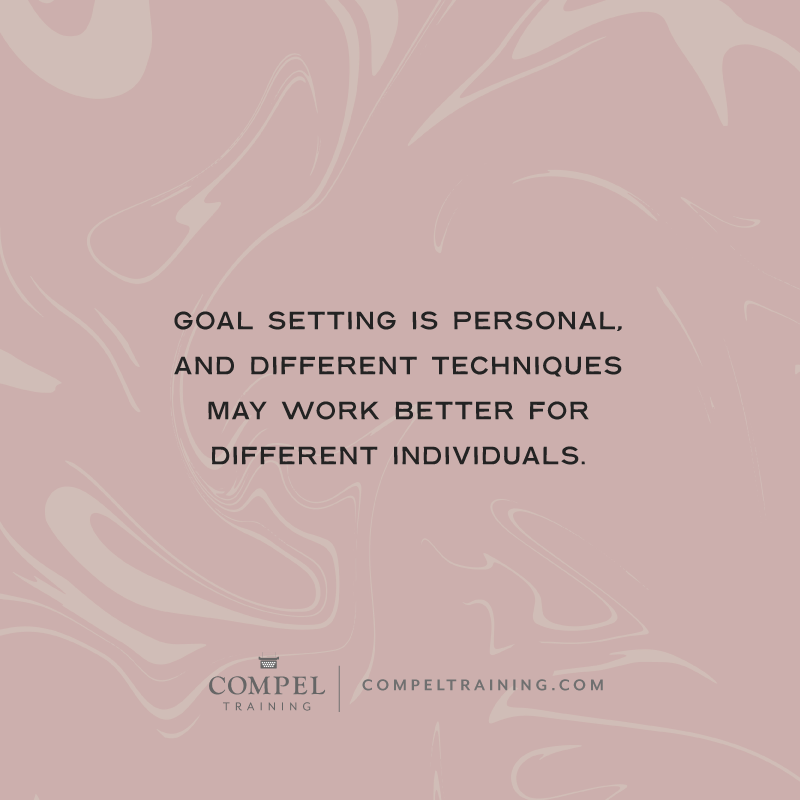Dream First, Goal Set Second

by Karen Smith
Daydreaming is a form of spontaneous, imaginative thinking that occurs when our minds wander and we create vivid mental images or scenarios. Daydreaming about the future involves envisioning different possibilities and scenarios we want to experience or achieve. I don’t know about you, but I love to daydream about my future as an author or entrepreneur. I can dream big dreams!
Consider those big aspirations you have. I invite you to step into that future version of you that has achieved those big dreams. What is that “future you” feeling? What is she doing? What is she thinking? If you need to move physically into that future, you go right ahead and step into her and really visualize yourself with those dreams fulfilled. After you have stepped into her, felt like she feels, thought like she thinks, did what she does, now ask her a question. Ask her to give the “current you” advice. How did she get to this place? What steps did she take? What mindset would she recommend you have to step into the future? That “future you” has a lot of advice in her longing to escape.
Do you need to step out of that future version of yourself and take some notes? If so, go right ahead.
Turning dreams into reality is often an overwhelming and mind-boggling task. However, practicing this visualization exercise helps me begin to turn those dreams into goals. Several goal-setting techniques can be helpful to consider.
— Creating SMART goals is a widespread technique: Specific, Measurable, Attainable, Relevant and Time-Sensitive. Goals should move from broad focused to detail focused. How can you gauge how far you’ve come toward your goal, and what is your deadline for achieving?
— Breaking the advice “future you” gave you into smaller chunks. When we dream big, our goals are usually big goals to achieve. Evaluate how that big dream can be broken down into small sections. Success at smaller goals gives us motivation to keep moving toward that big dream.
— Finding accountability. Share your goals with a friend, and seek wise counsel and accountability to keep you on track. Yes, I know having accountability brings a level of vulnerability that might be uncomfortable. However, having support along your way is imperative. If you don’t have a local friend, find a virtual writer friend who you can connect with through a messaging app, and help hold each other accountable.
— Prioritizing in numerical order. Those smaller, more attainable goals can be numbered in order of priority. As you work toward your goal, don’t be afraid to rearrange those numerical goals. Just because you start in one direction, it doesn’t mean you have to stick to it. Steps are adjustable. Sometimes life derails us. Other times we need to change our focus to keep ourselves moving forward. Give yourself permission to adjust and edit as you need.
Remember, goal setting is personal, and different techniques may work better for different individuals. It’s essential to find what works best for you and adapt these techniques to your own needs and preferences.
Blessings,
Karen Smith
We’d love to know! Which goal-setting technique stuck out most to you and would you be willing to give it a try? Share in the comments below!
Recommended Posts

Reading as a Writer
February 6, 2024

Take A.I.M. at Your 2024 Goals
January 2, 2024

The Still, Small Voice of Christmas
December 19, 2023


I have a tendency to just jump in and not worry about goals. Then I get overwhelmed and don’t do anything. For me, goal setting is key! I also must have an accountability partner to keep me focused. I “see” stuff and then I’m totally off track so accountability helps me stay focused!